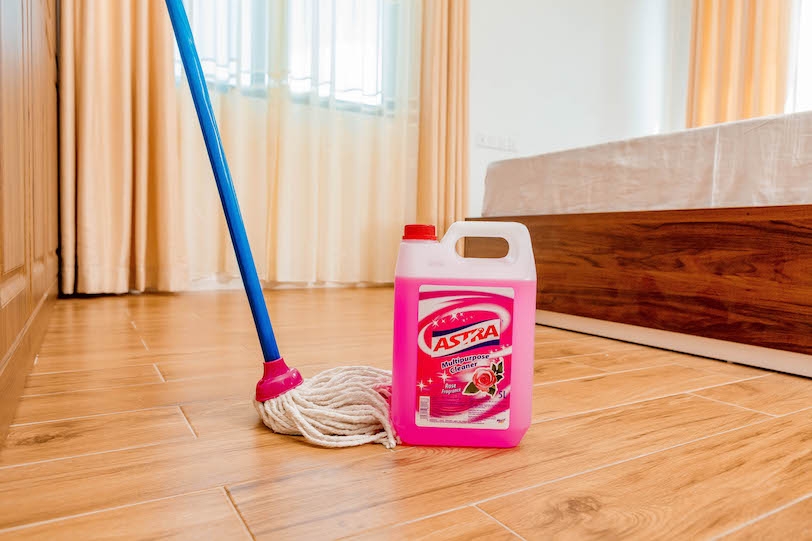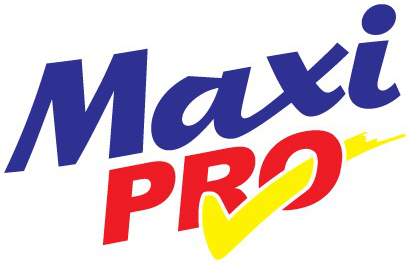
Soap and detergent, substances that, when dissolved in water, possess the ability to remove dirt from surfaces such as the human skin, textiles, and other solids. The seemingly simple process of cleaning a soiled surface is, in fact, complex and consists of the following physical-chemical steps:
Wetting of the surface and, in the case of textiles, penetration of the fibre structure by wash liquor containing the detergent. Detergents (and other surface-active agents) increase the spreading and wetting ability of water by reducing its surface tension—that is, the affinity its molecules have for each other in preference to the molecules of the material to be washed.
Absorption of a layer of the soap or detergent at the interfaces between the water and the surface to be washed and between the water and the soil. In the case of ionic surface-active agents (explained below), the layer formed is ionic (electrically polar) in nature.
Dispersion of soil from the fibre or other material into the wash water. This step is facilitated by mechanical agitation and high temperature; in the case of hand soap, soil is dispersed in the foam formed by mechanical action of the hands.
Preventing the soil from being deposited again onto the surface cleaned. The soap or detergent accomplishes this by suspending the dirt in a protective colloid, sometimes with the aid of special additives. In a great many soiled surfaces the dirt is bound to the surface by a thin film of oil or grease. The cleaning of such surfaces involves the displacement of this film by the detergent solution, which is in turn washed away by rinse waters. The oil film breaks up and separates into individual droplets under the influence of the detergent solution. Proteinic stains, such as egg, milk, and blood, are difficult to remove by detergent action alone. The proteinic stain is nonsoluble in water, adheres strongly to the fibre, and prevents the penetration of the detergent. By using proteolytic enzymes (enzymes able to break down proteins) together with detergents, the proteinic substance can be made water-soluble or at least water-permeable, permitting the detergent to act and the proteinic stain to be dispersed together with the oily dirt. The enzymes may present a toxic hazard to some persons habitually exposed.

